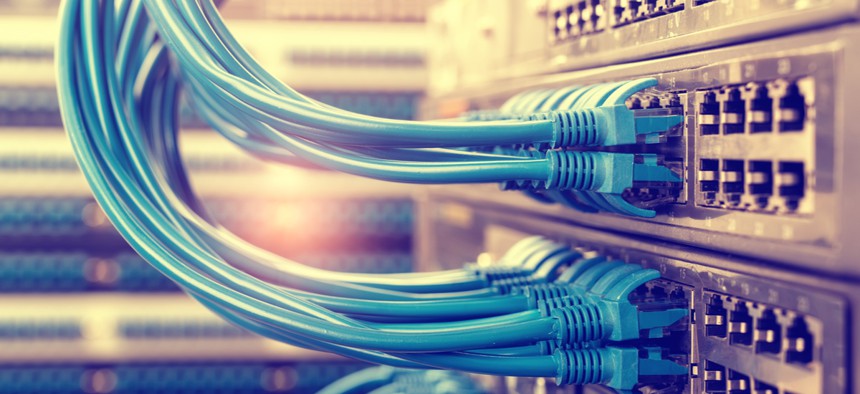Democrats Push for Billions to Bring High-Speed Internet to Everyone

asharkyu/Shutterstock.com
Lawmakers believe faster, better broadband will help bring underserved rural communities into the 21st-century economy.
Democratic lawmakers hope to draw rural communities into the online economy by making high-speed internet available to the 34 million Americans who don’t have access to “quality” broadband services.
The plan comes as part of the party’s “Better Deal” economic agenda, which aims to increase opportunities for people left behind by the modern economy. With broadband services too costly, too slow or nonexistent in many parts of the country, Democrats think faster, more reliable internet access could provide them with the tools to thrive in a 21st-century economy.
Rep. Cheri Bustos, D-Ill., compared the initiative to President Franklin Roosevelt’s New Deal program that brought electricity and telephone services to rural America. Just as rural electrification boosted the standard of living for many, connecting people online could have positive impacts on business opportunities and other areas like health care and education.
» Get the best federal technology news and ideas delivered right to your inbox. Sign up here.
“The electricity of today is high-speed internet access,” Bustos said Thursday at a press conference where lawmakers unveiled the plan.
Democrats have called for $40 billion in funding to build broadband infrastructure across the country, as well as upgrade the nation’s roads, bridges and other critical safety infrastructure. They also want to create more up-to-date maps of internet access in underserved areas, because they said the ones currently curated by the Federal Communications Commission are inaccurate and outdated.
The installing and rebuilding infrastructure will also create “millions of good-paying, full-time jobs,” Bustos said.
The FCC’s 2016 Broadband Progress Report found that more than 34 million Americans, about 10 percent of the country’s population, did not have access to internet connections with speeds of 25 Mbps or more. Only 61 percent of rural Americans have adequate broadband access, leaving 23 million others disconnected from the grid.
The report also showed broadband dead zones overlapped with many of the areas of America’s heartland traditionally dominated by Republicans, and where President Donald Trump’s populist message resonated especially well during the 2016 presidential campaign.
Sen. Debbie Stabenow, D-Mich., said bringing high-speed internet into these areas would invigorate economic growth for citizens who feel they’ve been largely ignored by the political establishment.
“People in small towns have to know we’ve got their back, that they are not being left behind on technology,” Stabenow said at the conference. “We want a small business to get started, be able to create a product or idea in their small town, and export it around the world without leaving their small town. Your future should be determined by the size of your dreams, not the distance to a decent internet connection.”
In addition to benefiting local businesses, lawmakers also said fast, reliable broadband would enable people to further their education with online courses and degrees, and open up better health care opportunities via telecommunication.
“If we have high-speed internet,” said Sen. Jon Tester, D-Mont., “we’ll be able to get the finest of doctors in the smallest of towns” and connect the best teachers to classrooms across the country.






